Not only can yoga help relieve tension, a common trigger of headaches, but specific yogic breathing exercises can help target the head area.
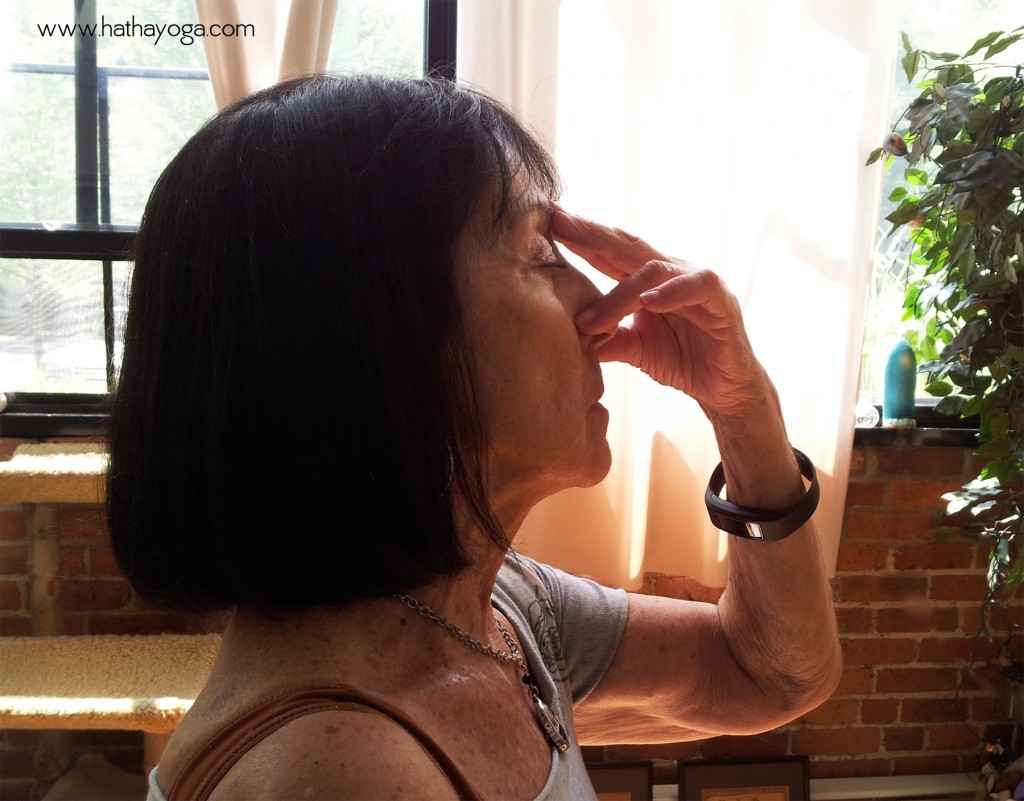
What is a headache? A headache is a pain anywhere in the overall head area, often concentrated above the eyes, above or behind the ears, in the temple area, or at the base of the skull and the upper neck.
Headaches can have many causes and often times their onset is beyond our control. And as soon as we feel one, we want it gone! But rather than immediately reaching for the bottle of pain relievers, you might instead want to reach for your yoga mat, or simply a comfortable place to sit.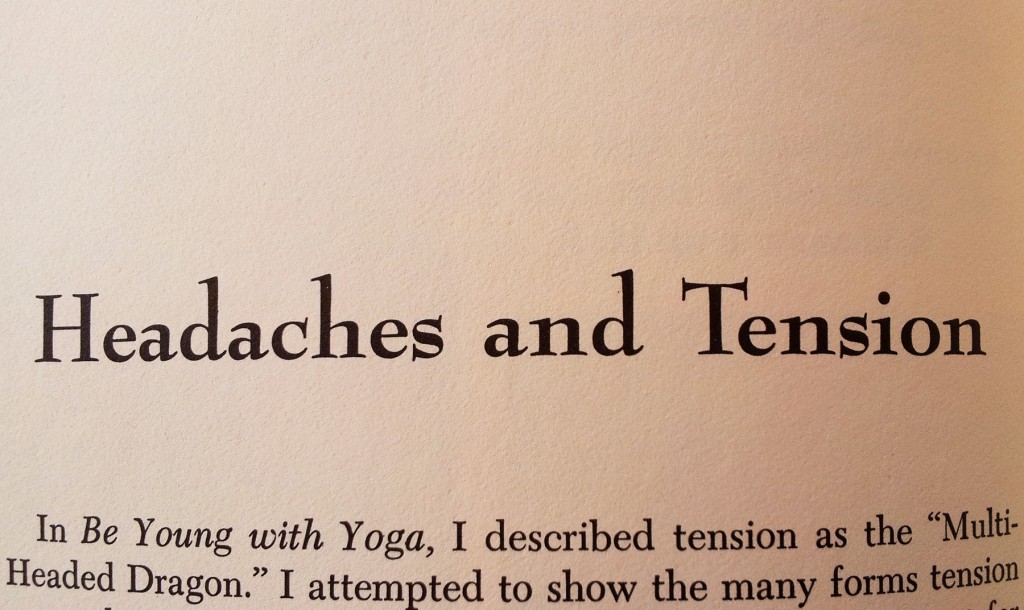
Alternate Nostril Breathing for headaches and relaxation
Alternate nostril breathing can help bring relief for many types of headaches. The following excerpt is borrowed from Richard Hittleman’s 1964 classic instructional yoga guide, “Yoga for Physical Fitness“.
Of course you should always check with your physician to be sure yoga and this type of natural treatment would be suitable for you and your particular condition.
I would suggest a light meal before engaging in the exercises, a well ventilated room with no noise, and being alone. Soft ambient music would be fine. No rushing. Take your time, let go and relax.
Let’s begin
Sit in a cross legged posture if it is possible, or simply in a chair. Sit up straight without slouching, yet allow yourself to be in a comfortable position. This breathing exercise is done in three parts; inhaling, retaining, and exhaling.
The flow of your breath is directed by stopping your nostrils alternately. Place the tip of your right thumb against your right nostril (see figure 209). Put your index and middle fingers together on your forehead. Place your ring and little fingers lightly against your left nostril. Keep your hand relaxed.
(fig 210) Exhale completely through both nostrils. Close your right nostril by pressing your thumb against it, leaving your left nostril open. Inhale a slow, silent, complete breath through your left nostril in a rhythmic count of 8 beats.
(fig 211) Keeping the right nostril pressed closed, close the left nostril with the ring and little fingers as illustrated. Both nostrils are thus tightly closed and the breath is held for a rhythmic count of 4.
Now remove the thumb from your right nostril (keeping the left pressed closed), and slowly and silently exhale fully through the right nostril in a rhythmic count of 8 beats.
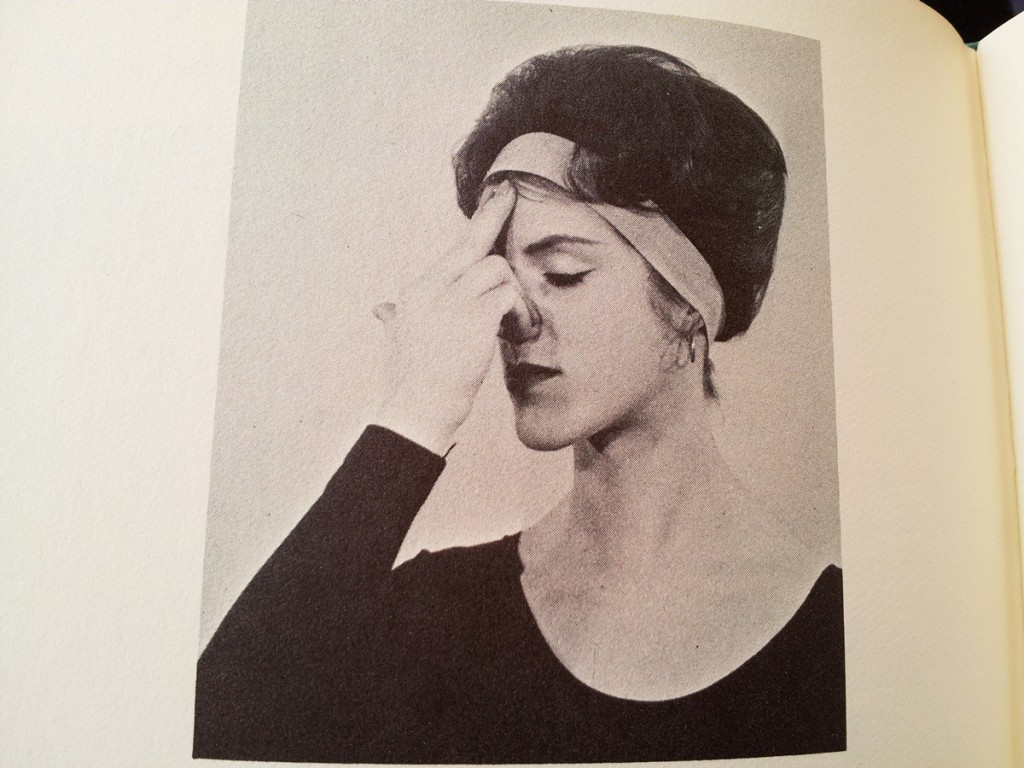
When the air is completely exhaled from your lungs during the count of 8, without missing a beat in your rhythmic counting, resume inhaling, this time through your right nostril (the same nostril through which you just finished exhaling).
When the inhalation is completed during a rhythmic count of 8 beats, retain the air in your lungs by closing both nostrils as before during a rhythmic count of 4 beats. Then, without missing a beat, open your left nostril by removing the ring and little fingers, and exhale completely through your left nostril during a rhythmic count of 8 beats (the right nostril remains closed).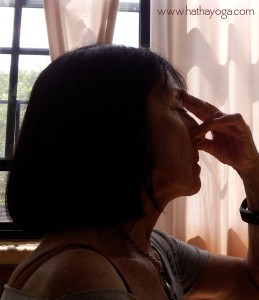
Without missing a beat in your counting, begin the entire process again by inhaling through your left nostril, and so on. Each time you return to the original point, that is, inhaling through the left nostril, you have completed one round of Alternate Nostril Breathing. You should perform five rounds of this exercise.
Note the following points carefully:
- The counting for the breathing movements is rhythmic and continuous: 8-4-8 8-4-8 and so on. Keep the beat going in your mind just like a metronome.
- Attempt to inhale and exhale as quietly as possible. Try to avoid any hissing sound.
- It will be somewhat difficult to perform the exhalation in the rhythmic count of 8; this will have to be pushed a little until you become accomplished.
- Keep your eyes closed throughout the exercise.
- Keep your hand relaxed, and try not to move your legs or body.
Feel a sense of peace and let go.
If you would like to write about your progress with these exercises or about anything relating to yoga, I would be most happy to hear from you.
With wishes for good health, namaste.
Lee
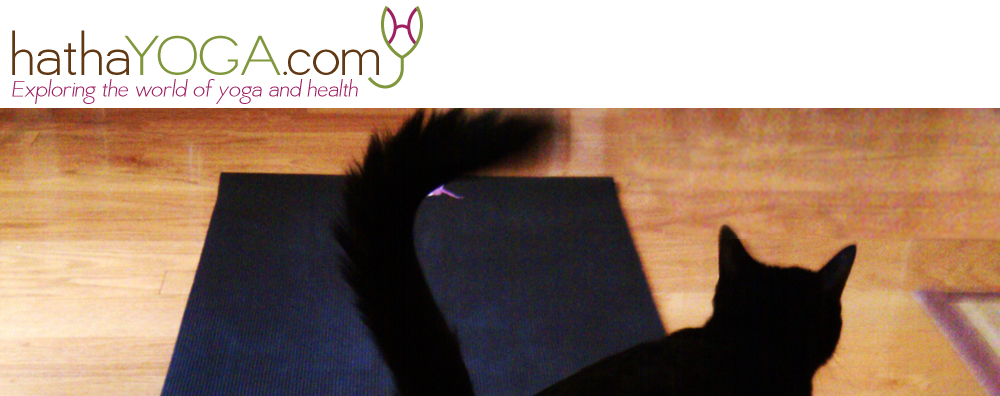
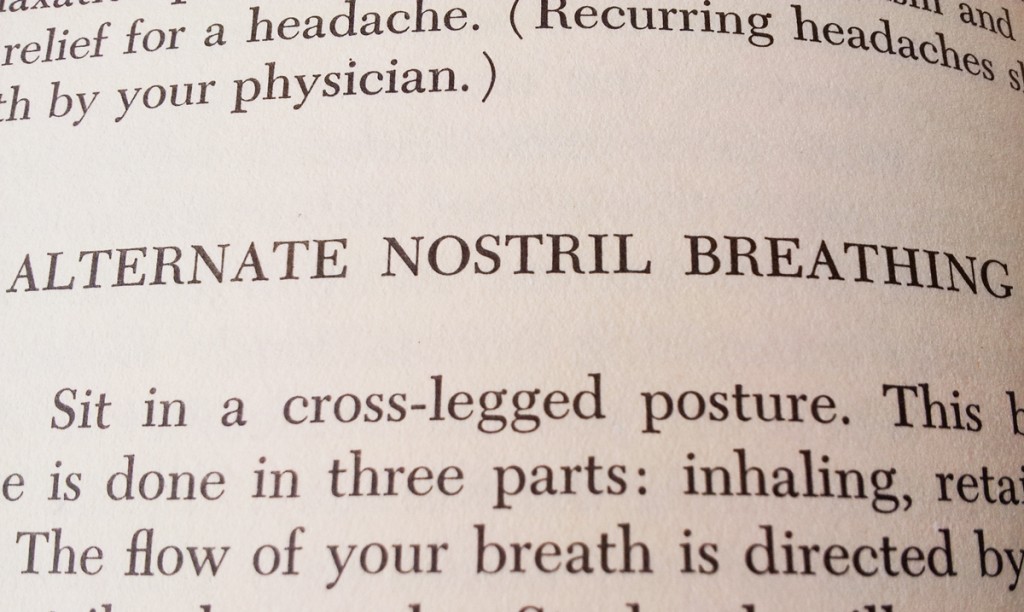
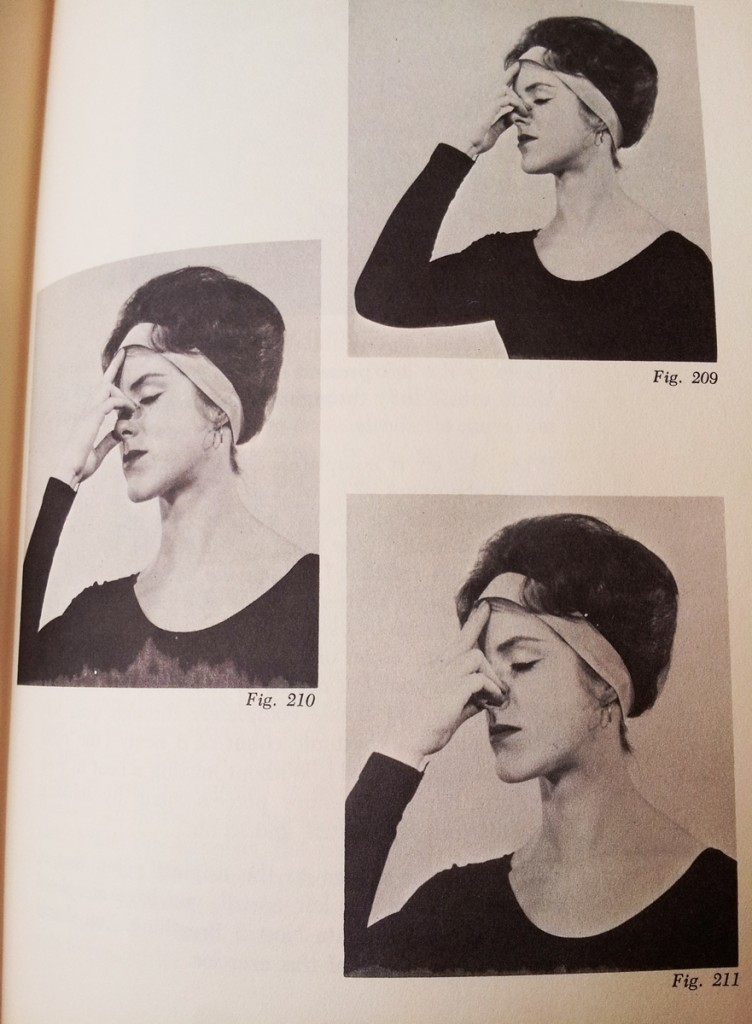
Loving this explanation of alternative nostril breathing! I like the fingers between the eyebrows, and then the thumb or pinky finger alternating back and forth with the breath. Thank you.
Gaileee